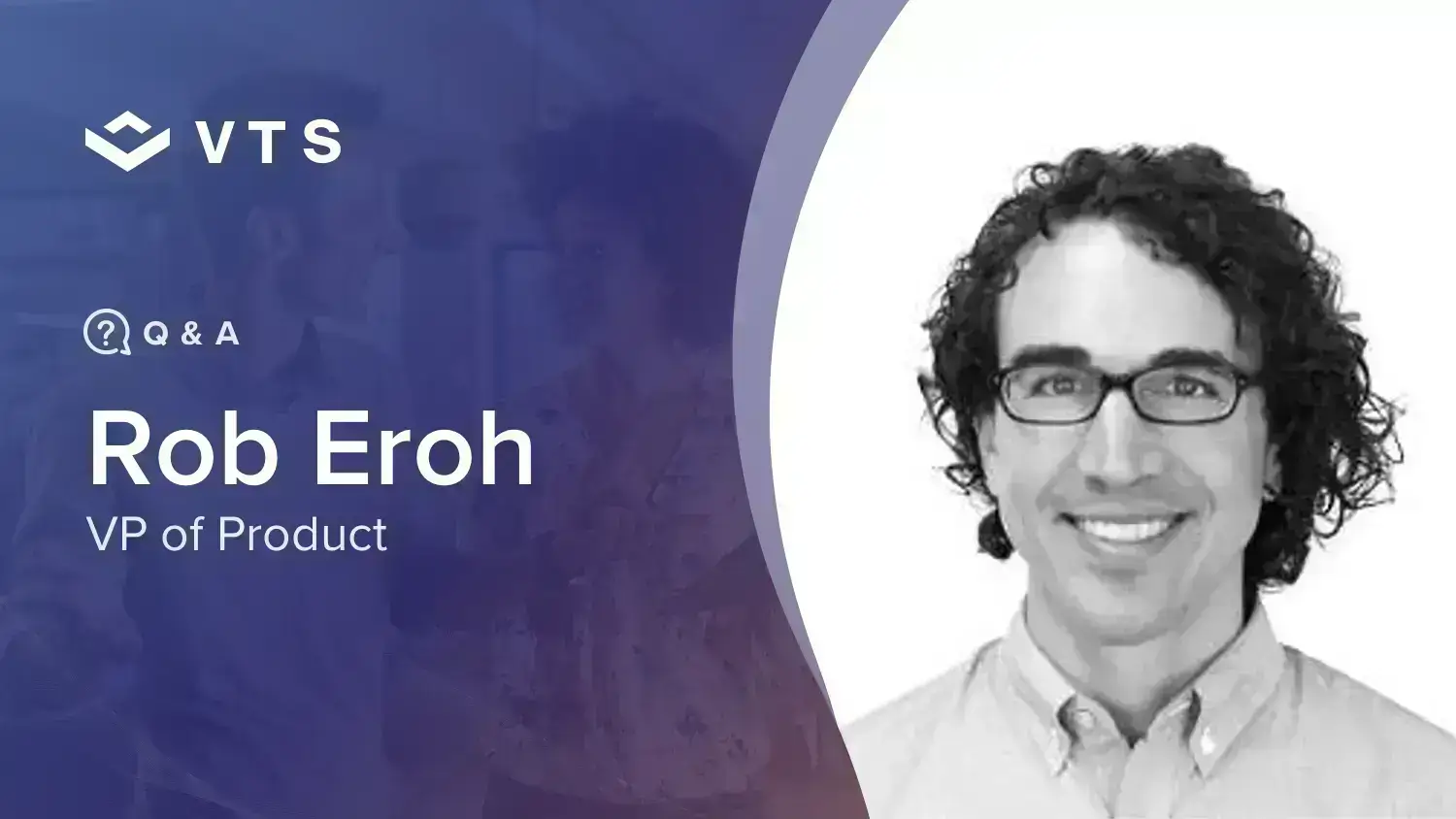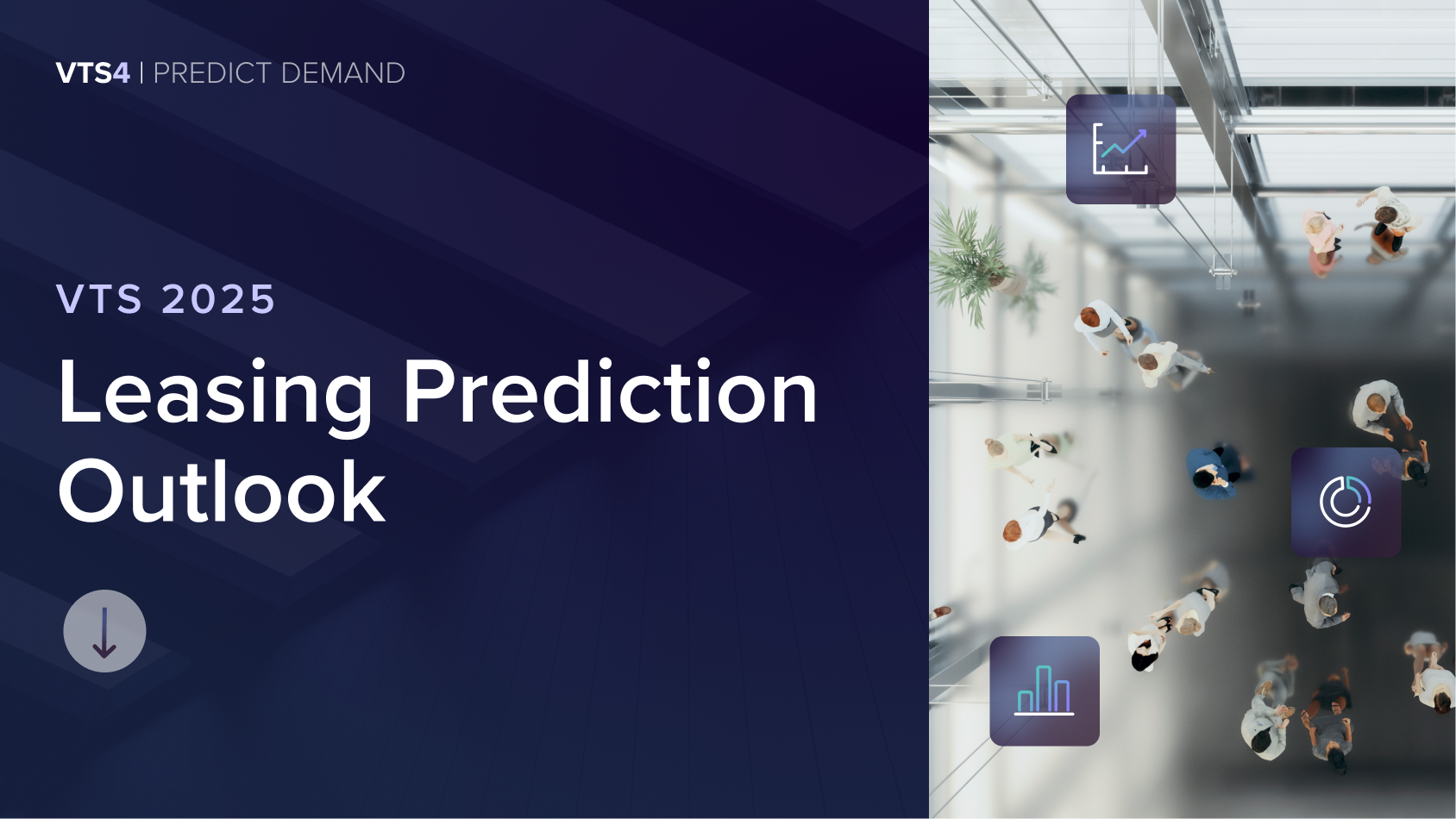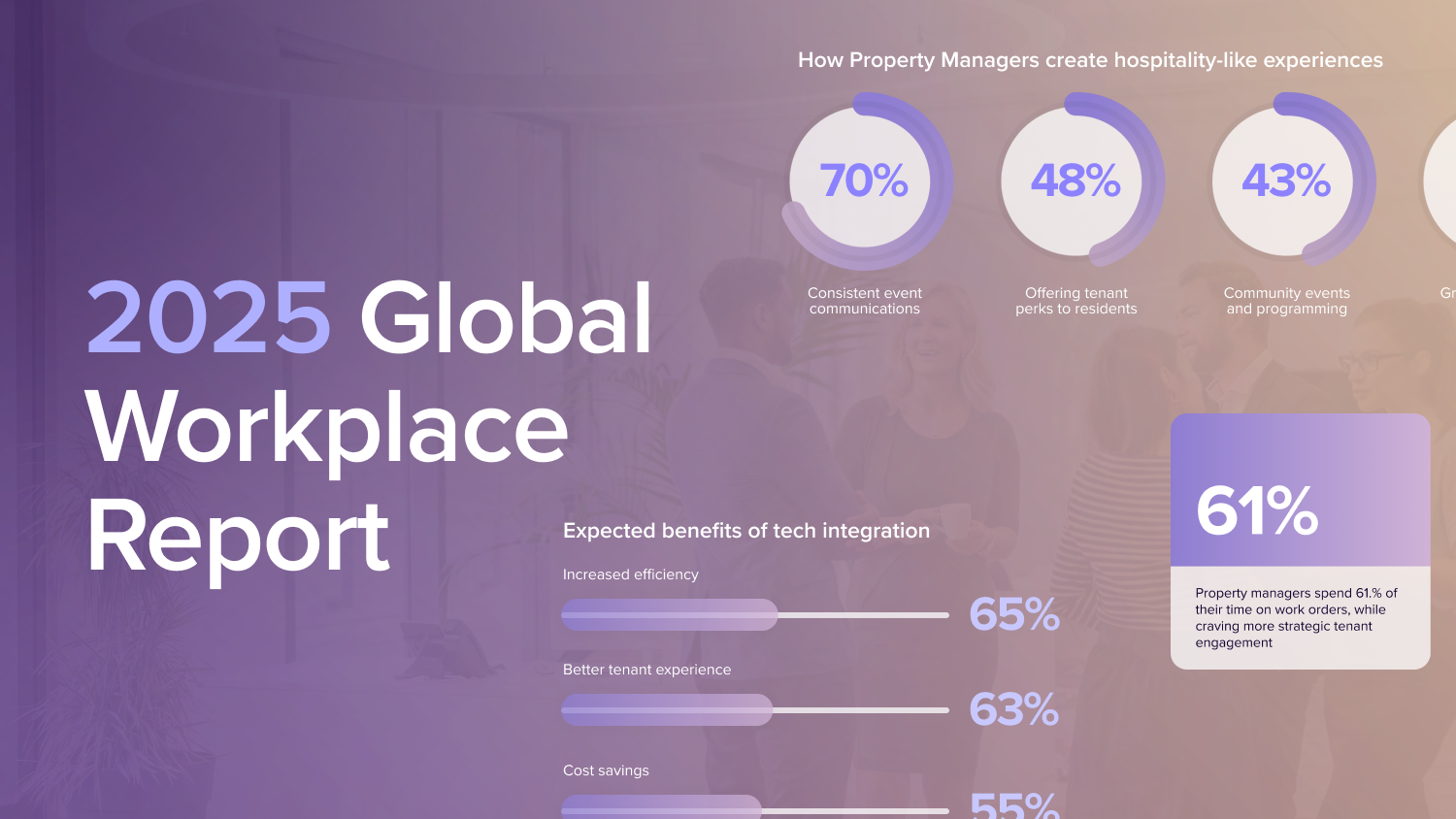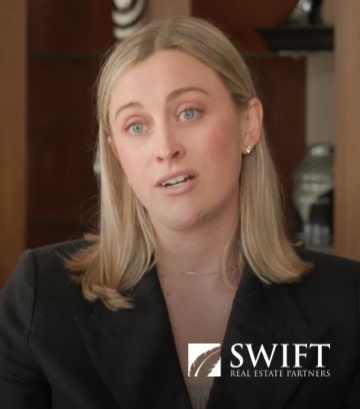
What does a fully integrated office experience look like? What role does flex play? What does the future of work look like?
Here to answer those questions (and more) is Rob Eroh, VTS' VP of Product for Tenant Experience.
Keep reading to learn how he landed at VTS, his vision for tenant experience, and why tenant experience technology is key to unlocking productivity and connectivity in the workplace.
Tell us a bit about your background in the industry and how that led you to VTS. What is your team responsible for today?
Over the past thirteen years of my career, I’ve focused on two key areas: marketplaces and hyper-local experiences.
"I wanted to have the opportunity to impact all buildings and all communities across the world. Getting back to a full technology product seemed like a good way to accomplish my goals."
At the beginning of this timeline, I built out a company where I was Head of Product and focused on driving foot traffic to local stores. eBay later acquired that company. At eBay, I worked as Head of Product for a division called eBay Local. From there, I founded my own company in the travel and hospitality space, then joined a later-stage company as Head of Product in that same space.
These experiences led me to join WeWork, where I held various leadership roles during my tenure, from residential to office — which is what I focused on during the last few years of my time there. Having a side view mirror was interesting because I got to explore a few concepts, like the future of cities.
I was tasked to develop a strategy for flexible work, and from that came WeWork On Demand and WeWork All Access, now a fast-growing sector of their business.
This vision brought me to VTS. I saw a lot of opportunities within WeWork, but at the end of the day, I wanted to have the opportunity to impact all buildings and all communities across the world. Getting backtoa full technology product seemed like a good way to accomplish my goals.
As many of our readers will know, last year, VTS acquired tenant experience companies with unique and complementary differentiators: VTS Activate with robust building operations, access control and partner integrations, and in-building hardware; and Lane with a platform allowing both building and portfolio-wide access and permissions, flex space management and booking, and configurable, personal content and experiences.
The marrying of these two applications into a single product — that offers the best of both worlds — has been our main focus. My team and I aim to drive innovation and bring a modern office experience to our customers, their clients, and every team member or resident in a building powered by VTS.
How did your time and what you built at WeWork shape the ideas you bring to the tenant experience product at VTS?
I was obsessed with the notion that work as we know it has changed forever. Then and today still, people toggle between working from home and being in the office. It’s a pretty divided mix, which is a very greenfield problem to be solved.
I believe that WeWork is doing a great job at solving this in their ecosystem. I wanted to expand the different ways this could be solved — for everyone at any time.
Because I started at WeWork as the head of tech for WeLive, I always believed in that side of the industry, even after it stopped being a focus. I saw the VTS tenant experience platform as an opportunity to not only manage your work but an opportunity to live, work, and play — all through one platform. It’s where you live and work and everything in between, with all the benefits from the built environment around you.
With VTS, I had the opportunity to be more expansive and build on the opportunities learned throughout my career to create an all-encompassing experience for tenants and their occupants.
"I was obsessed with the notion that work as we know it has changed forever. Then and today still, people toggle between working from home and being in the office. It’s a pretty divided mix, which is a very greenfield problem to be solved."
In your view, what does a fully integrated office experience look like? How is VTS enabling that?
The buildings are only step one.
From there, every building should be on a platform to provide interconnectivity between those buildings, enabling our products to deliver unmatched experiences on top of that ecosystem. The aim is for anyone to gain access to their desired locations anywhere they are in the world.
The next step is getting into the suites. Getting into the suites means that the people working at a particular location can gain seamless access, from street to suite, wherever they want to go.
Once you have building and suite access, you can start to solve problems in the workplace to boost productivity. Hybrid work brings forth a lot of mental overhead — workers may be asking themselves where they should be working and where they will have access to the correct tools to do their job optimally. With access, you can solve multiple pain points that speak to how people are working now and want to work in the future. It’s about building intentional in-person experiences every time an occupant enters the office.
At the end of the day, this is going to drive value for people.
What has your team’s research uncovered about what tenants and occupants want, particularly in an office space? What role does flex play?
The occupants who go to a building every day (the employees of a workplace) want to be productive and do good work.
There are numerous companies mandating employees to go back to the office five days a week. They believe in-person work experience is key to solving productivity. So they’re going back to the old way of working. This contradicts the flexibility occupants experienced during the pandemic — they learned they could do their work with the benefits of a flexible environment. So there are pros and cons to both in-office and remote work. With remote work, you miss water cooler talk and connecting with team members. And being in the office allows you to move conversations and action items forward faster than on Zoom or Slack.
The pathway we are paving at VTS is creating a balance between productivity and flexibility without sacrificing the quality of either.
Robust operations, access, and engagement tools will create the conditions to support a seamless transition to work and empower employees to take control of their every day. Whether this means being in the office most of the time, staying home with access to the right tools and information, or finding that balance with a hybrid model, tenants want to provide their occupants with the flexibility they need to thrive in the workplace.
Using technology to facilitate these connections to the built world, we can start optimizing the productivity of the people using their space.
What is your vision for VTS’ tenant experience product? How is your team actioning that?
My goal is to power access to all spaces worldwide so that people are both productive and feel at home wherever they are in the world.
Our goal is to be the consumer app across office, retail, industrial, and multi-family. This will enable people to interact with and pay for any space seamlessly, to live, work, or play.
It will enable companies to proactively manage the satisfaction of people using their space, including employees, clients, residents, or guests. It also allows owners to understand how engagement impacts the price of space, better monetize their space with value add services like partnerships (F&B, retail, transport, etc.), or resell space at any increment of size or time, like flex space.
"My goal is to power access to all spaces worldwide so that people are both productive and feel at home wherever they are in the world."
This vision is enabled by a property operations platform consolidating multiple software and hardware solutions into one fully-integrated platform. This is further supported by using a no-code UI platform that can scale to the dynamic needs of everyone in the industry and underlying financial services that enable people to pay seamlessly across properties in ways and times that are convenient to them.
CBRE recently invested in VTS as their partner to modernize tenant experience across 6000 properties, first in the U.S., then in other regions. What does this vote of confidence mean for the industry and our customers at VTS? Why is this decision important right now?
CBRE's move to invest in VTS is a nod that people need a way to interact with buildings. Tenant experience is a critical solution for property managers to deliver the operational, functional tasks their clients expect, paired with personal experiences to delight them. Not only that, tenant experience technology is the solution for property managers to go from anecdotal updates and feedback to data-driven decision-making.
It will be an exciting opportunity to figure out how to optimize how people use space across CBRE’s entire management portfolio.






